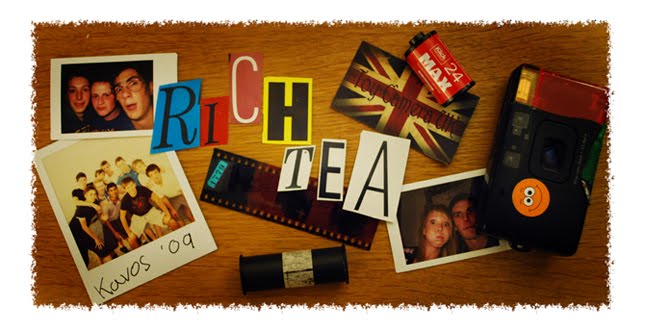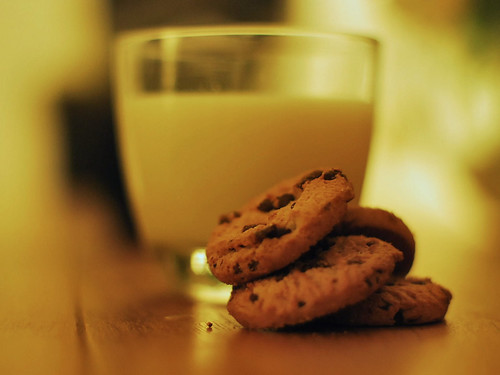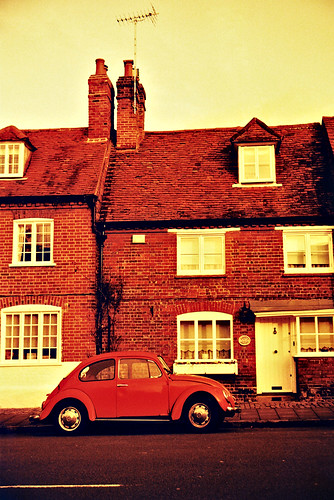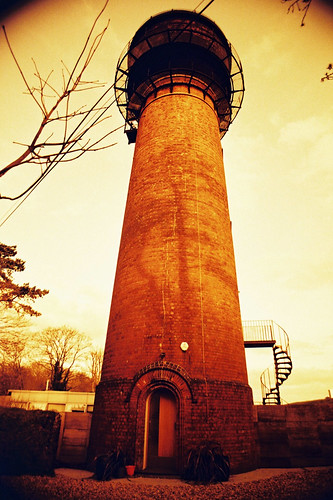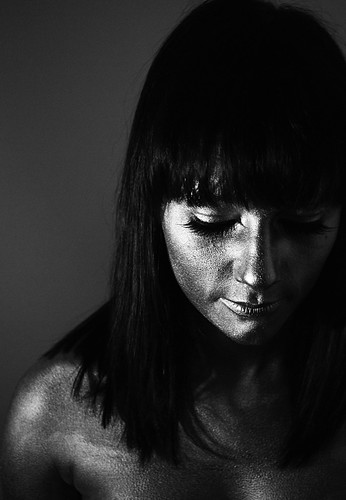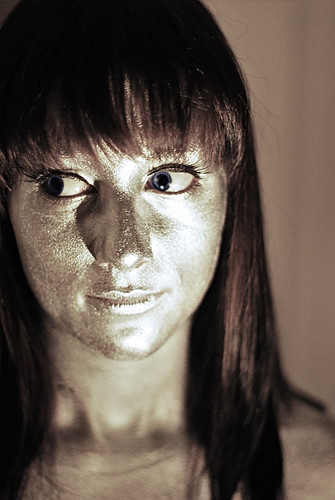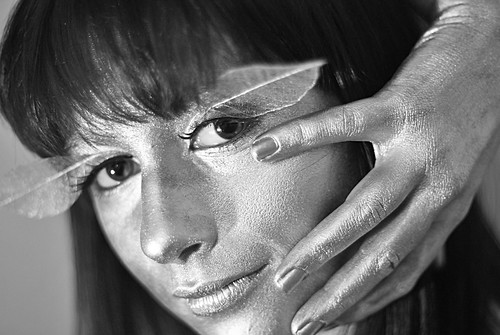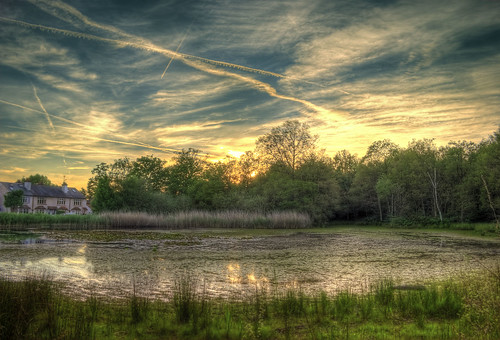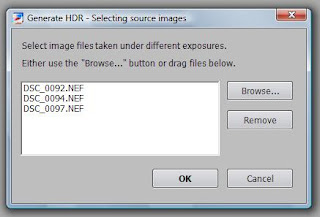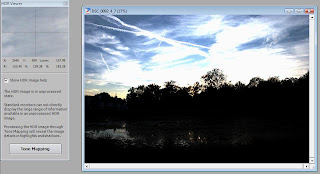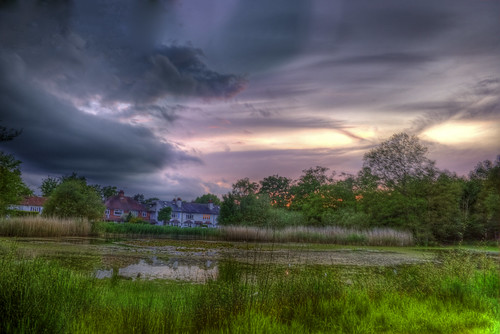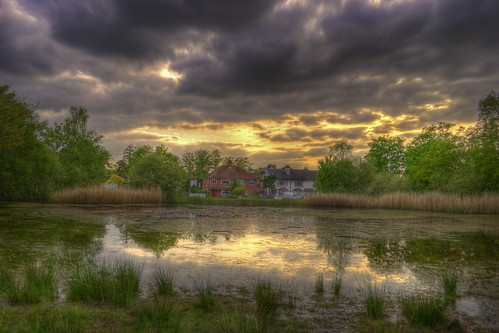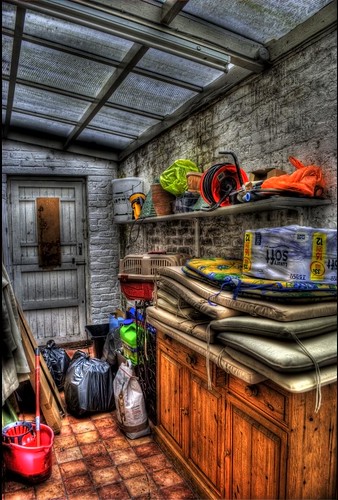Red scale film works by taking the film out of the canister and flipping it round so the layer of emulsion sensitive to red light which is on the bottom of the film is exposed first instead of last this shifts the colours in your exposure towards red and gives you interesting results like this.
This is lots of fun and so easy anyone can do it (it literally is as simple as it looks)
What ya need!
1. Scissors
2. Tape
3. 2 rolls of 35mm film ISO 400 or higher
4. A dark place (As in a room, not the dark corners of your mind they will be no help here)
I would recommend trying this for the first time with some cheaper/expired film
Step 1. Take your first roll of film and pull all the film out gently and cut it leaving a stub of 3cm like in the second picture, then discard the film that you pulled out as it is now exposed and useless.
Step 2. Put your first film to one side and take your second one, with this film you want to cut off the leader and leave enough poking out of second film so you can attach it to your first one
Step 3. put both your rolls next to each other, your empty roll from step one on the left facing down and your trimmed full roll from step two on the right
put the two bits of film on top of each other lining up the sprocket holes and put a bit of tape over the two bits of film
neatly fold the bit of tape around the other side and make sure the two bits of film are strongly attached
Step 4. (THIS NEXT STEP NEEDS TO TAKE PLACE IN A DARK ROOM! You can use a dark room if you have one or if not the attic? garage at night? airing cupboard? don't let the words dark room scare you this is another very easy step!)
when in your dark room use the end of the scissors as a film winder and gently wind the film from the full cannister into the empty one as you can see the film is going in the wrong way round which is exactly what you want
Step 5. After you have wound all the film from your second canister into your first canister come back into the light and cut it from your now empty second cannister to separate the two. You now need to make a leader on your new reversed roll of film to do this take the leader you cut off earlier and use it as a stencil to cut a leader on your new roll of film
And there you go! your new reversed redscale film!
Things To remember when shooting with your redscale film. If it was initially ISO 400 it is now 100 so you if your using an older camera you can use the ISO setting and just put it on 100 instead of 400 or if you are using DX coded film and cant change the ISO option then remember to over expose your shots. The more you overexpose the more green/yellow your shots will be if you don't overexpose by much your shots will be a deeper red so go with the look you like best and choose your exposure accordingly
here is a great
group of lots of redscale shots, I shot this roll I made in London yesterday so will get it processed and put the pictures up soon!
again don't know if this guide will help anyone but if it does then I'm happy!
